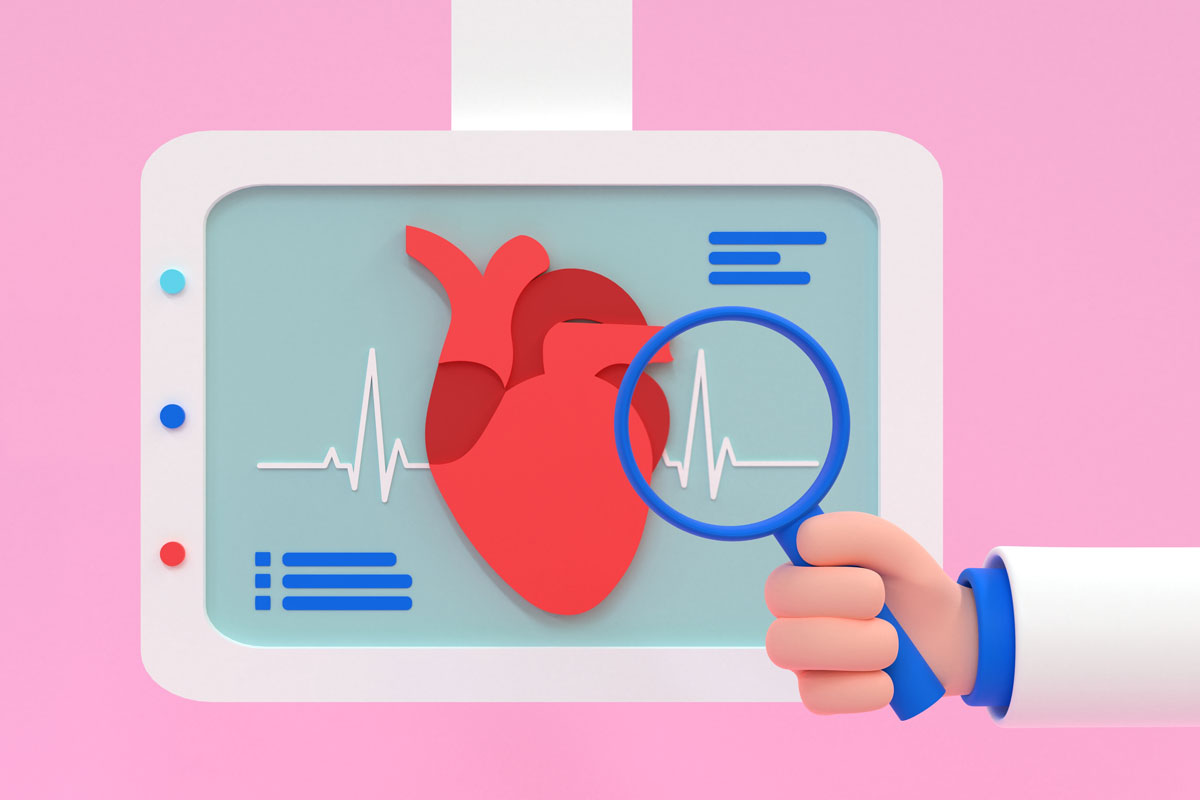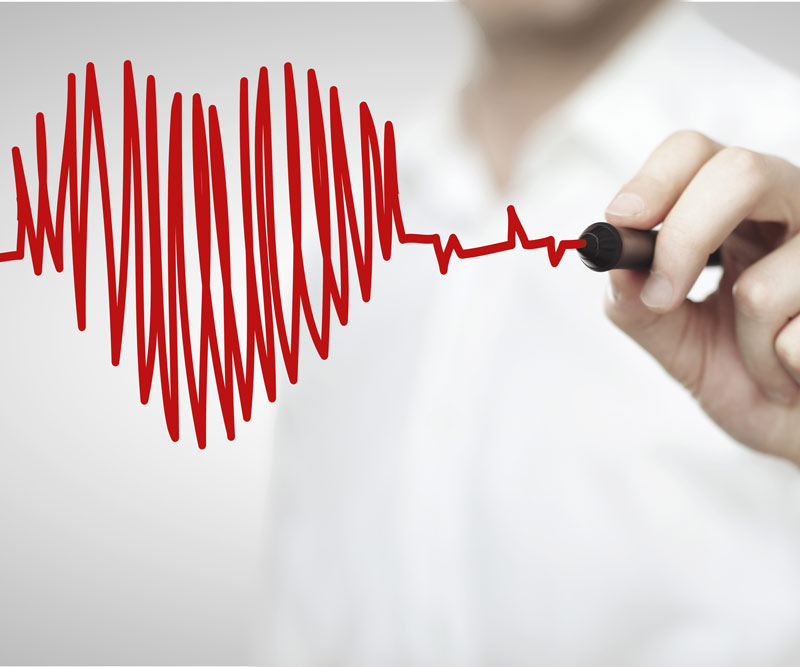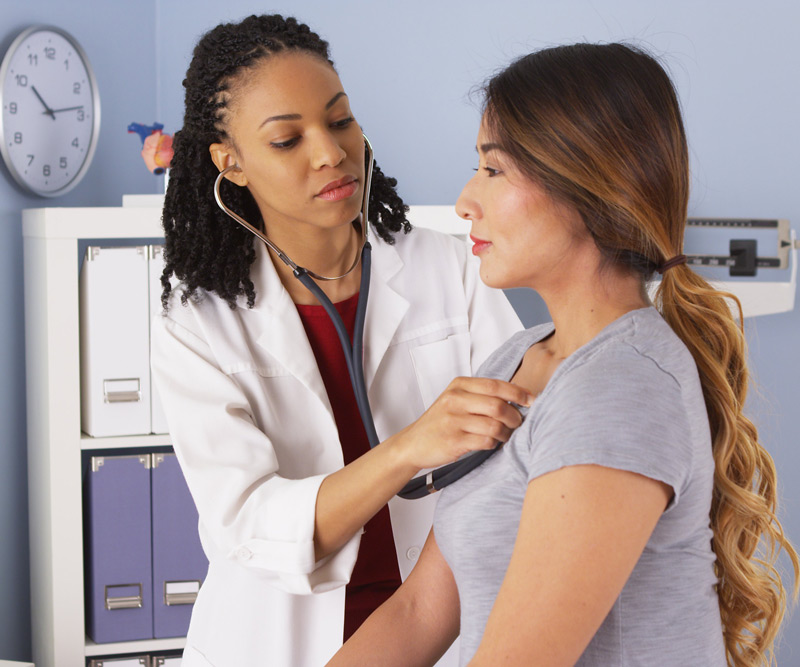
Monitor These Conditions to Keep Your Heart in Tip-Top Shape
Heart disease is the leading cause of death for men and women nationally, as well as in Hawaii.
Dr. John Kao, the section chief of cardiology for Hawaii Pacific Health Medical Group based at Pali Momi Medical Center, appeared on Hawaii News Now during American Heart Month to talk about some of the risk factors for heart disease – particularly, hypertension and diabetes – along with signs or symptoms people should look out for.
"Common risk factors that we tell patients to monitor are smoking, high cholesterol and family history of heart disease," Kao said, adding that two risk factors more prevalent in Hawaii's population include hypertension and diabetes.
"If we could get a handle on these conditions, it would really reduce the incidence of heart disease and other serious complications," Kao said.
According to Kao, prevention is key. Those looking to improve their heart health can start with their diet.
"Kimchee fried rice, loco moco – these foods are absolutely delicious, but absolutely horrible for your heart," Kao said.
Instead, he advised incorporating heart-healthy foods like fish, chicken, fresh fruits and vegetables, and whole grains to your meals.
"Stay away from high-sodium, highly processed foods," he cautioned.
Regular exercise can also help keep your heart in tip-top shape.
"Get out and be active," Kao said. "The recommendation is 30 minutes, five days a week of moderate exercise. But if you're not there yet, get out and start walking."
However, with heart disease remaining the leading cause of death in the United States, Kao said everyone should know the common, and not-so-common, signs and symptoms of a heart attack.
"Heaviness, tightness, pressure and squeezing in your chest – these are the most common signs we talk about when it comes to a heart attack. But they only are present in about 40%-50% of patients," Kao said.
Less common, or atypical symptoms can include shortness of breath or a burning in the chest.
"A lot of times, people will come in thinking they have GERD, an ulcer or heartburn," Kao said. "There are two populations where atypical symptoms are actually more common, and that is in women and in elderly patients. Those two populations we have to be really careful about.
"If you're having symptoms that don't feel right, you want to get those checked."
This segment originally aired Feb. 8, 2023, as part of the Hawaii News Now "Sunrise" Healthier Hawaii series. Watch the full broadcast here or below.
Published on: February 9, 2023




